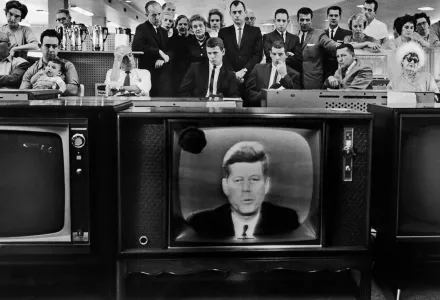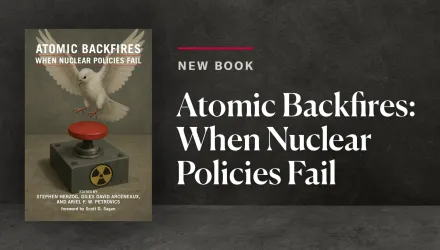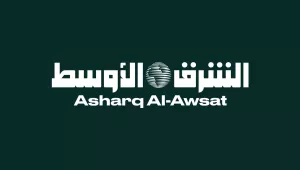
Abstract
Soviet and American leaders learned during the Cuban Missile Crisis of October 1962 that inadequate communication raised perilous risks and dangers in the nuclear age. The US–Soviet Hotline was created soon thereafter, in 1963, and has operated continuously ever since. It was intended to provide a quick, reliable, confidential, ever-ready communications between heads of state in the event of crisis or war. Strategists came to realize that urgent and effective communication was essential not only for preventing unwanted escalation in crisis, but also in limiting war or terminating war — all profoundly important in an age marked by large accumulations of nuclear weapons. Though they can be misused by malign actors or employed by states to convey threats rather than reassurances, hotlines represent an emergency mechanism that sits astride the paths to nuclear war — an insurance policy worth having. Not only has the original Soviet-American Hotline been preserved and modernized but the hotline model has been adapted by other nuclear pairings and in conflict-prone regional settings. Hotlines remain a prudent, low-cost preparation that could prove essential in the event of a crisis that seems to be slipping out of control.
Miller, Steven E. "Nuclear Hotlines: Origins, Evolution, Applications." Journal for Peace and Nuclear Disarmament, vol. 4. no. sup1. (2021): 176–191 .
The full text of this publication is available via Journal for Peace and Nuclear Disarmament.





